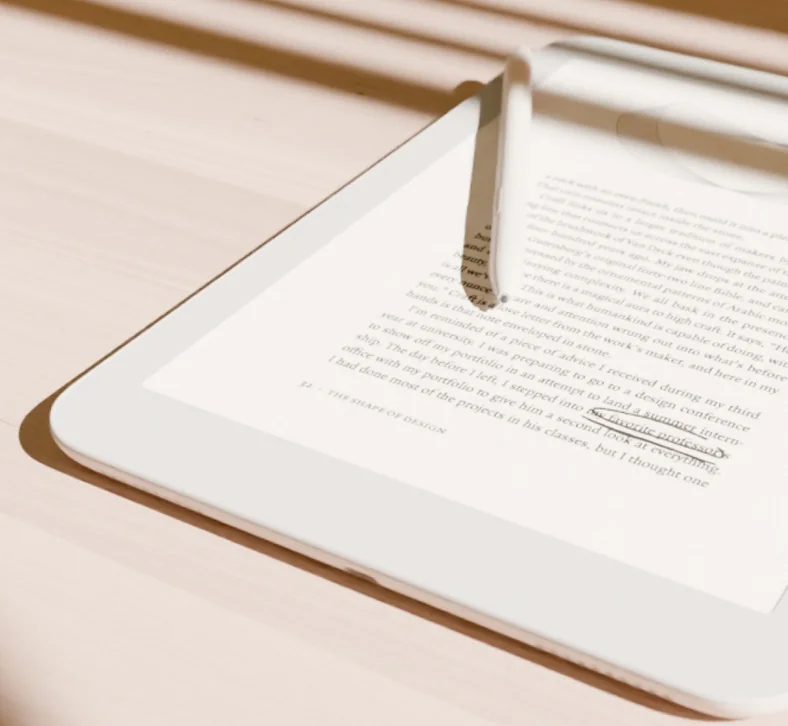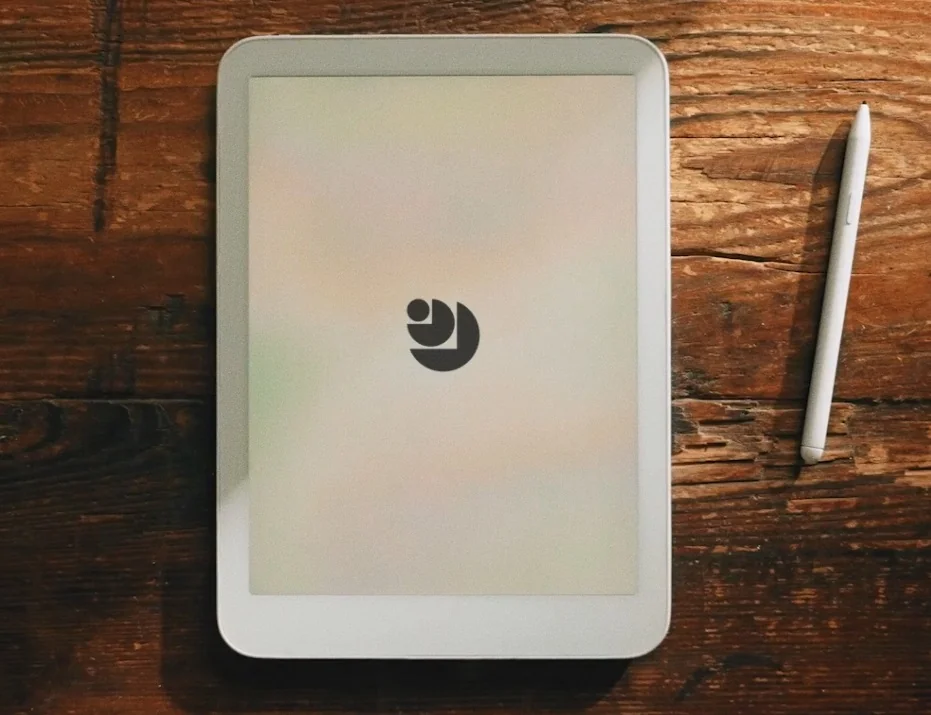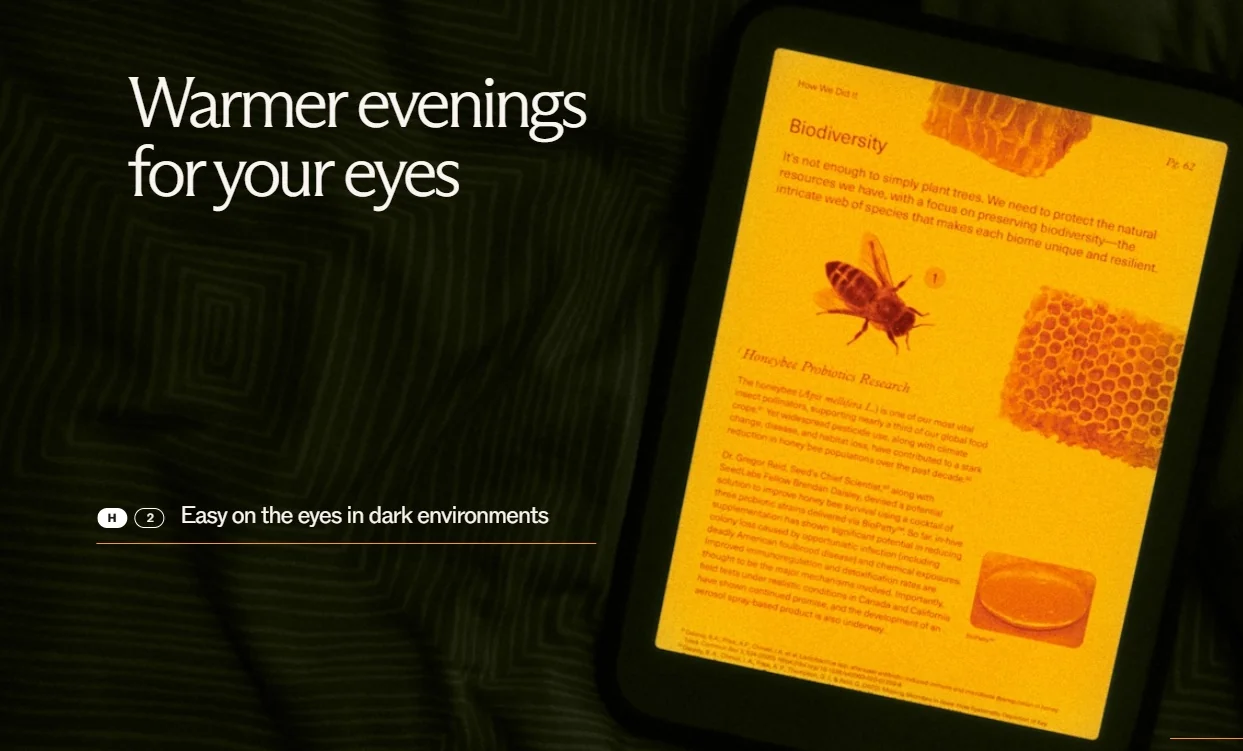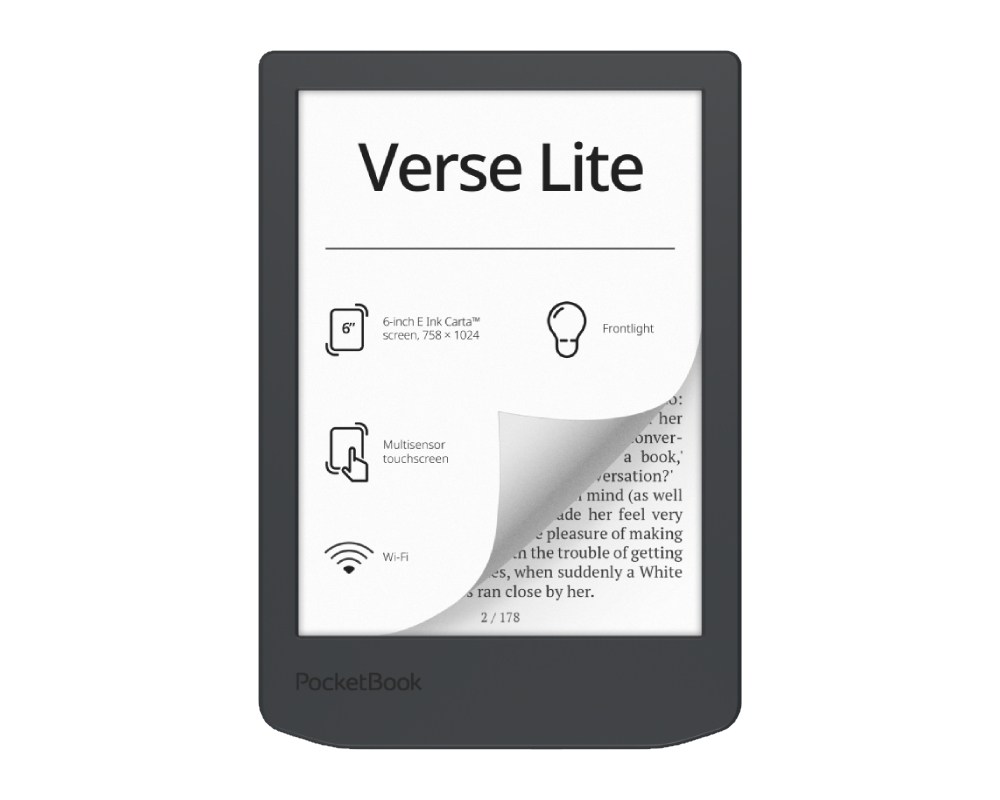
Remember the surprise announcement of the Daylight Computer DC-1? No? Let me jog your memory: it's a tablet featuring a proprietary system called Sol:OS, a "Live Paper" screen, and a minimalist-focused concept. But where has the Daylight DC-1 gone since its announcement?
The Daylight Computer DC-1 was one of the many products unveiled months ago in San Francisco's famous Silicon Valley. Introduced in May 2024, the announcement was quickly followed by a pre-order campaign for this innovative tablet, priced at $729, which is quite steep — something we'll get into later.
As of now, you can still pre-order this tablet with a $100 deposit, but there's no promised delivery date, not even a vague one. The company's lack of communication about its product doesn't bode well.
To understand why this product might flop, we need to focus on the screen technology used: RLCD, or Reflective LCD (see Transflective screen too). This type of screen has been around for years and is even used in well-known electronic devices. It's a further development of screens found in some 90s video game consoles like the Game Boy.
Today, there's also NXTPAPER technology, which closely resembles what's used in the Daylight Computer DC-1.

Although many manufacturers claim this technology is better than e-ink, that's not the case. The advantage is a higher refresh rate (Daylight claims 60 frames per second), but the precision and display quality aren't as good as the e-ink screens found in 2025 e-readers.
Additionally, Daylight Computer seems to have missed the massive arrival of Kaleido 3 color e-ink screens. In recent months, we've seen the release of many digital notebook-style devices that offer color, like the ReMarkable Paper Pro or some Onyx machines like the Boox Air3 C.
The result? Even before the Daylight launch, it's technically outdated and overpriced compared to its competitors!
What Can Daylight Do to Turn Things Around?

It seems obvious that Daylight is either revisiting its plans or looking for investors. But, given the technical delays and the limited value of its in-house operating system, Sol:OS (based on Android), convincing investors to pour money into their product will be challenging.
I think the company is looking towards innovation to justify their asking price, either in terms of software or hardware.
It would be interesting, for instance, to offer this tablet with a color screen or include AI-based professional features.
So, what happened to the Daylight Computer DC-1? The product is simply already outdated before its launch, and the company couldn't ride the wave created at its announcement many months ago.
For more information, visit: Daylight Computer


If you liked this article, consider sharing this page on social network or to someone that could benefit from the information.








